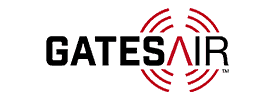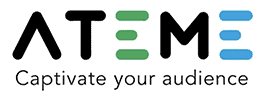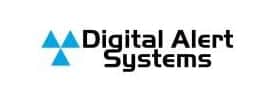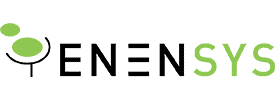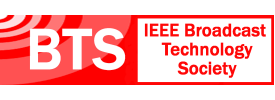- About
- Members
- Sponsors
- Subcommittees
- Technical Documents
- News
- Events
- Spotlight ATSC 3.0
- Contact Us
- Member Login
- Member Meetings
- Advanced Search
Search Site
Member Links
- About
- Members
- Sponsors
- Subcommittees
- Technical Documents
- News
- Events
- Spotlight ATSC 3.0
- Contact Us
- Member Login
- Member Meetings
- Advanced Search
Q&A with Kurleigh Prescod, Executive Officer Technology & Engineering at Telecommunications Authority of Trinidad and Tobago
Posted on February 3, 2023 in ATSC News

1. Why did you select ATSC 3.0 for your next-generation broadcast standard?
ATSC 3.0 was proposed by the Free-to-air (FTA) Television broadcast industry by consensus and accepted by the Telecommunications Authority of Trinidad and Tobago (the Authority), given its technical superiority to alternative Digital Terrestrial Television (DTT) standards, including its ability to support up to UHD resolution and extend to 8K, multiple transmission profiles and single frequency networks, all of which will promote spectral efficiency. Its adoption also aligns with the Authority’s principle to promote regional harmonization, since another country in the Caribbean, Jamaica, has also adopted ATSC 3.0 as its next-generation broadcast standard.
2. Tell us about the current situation in Trinidad and Tobago, from a broadcasting standpoint and how will that change with the decision to broadcast in ATSC 3.0?
Currently, there are four FTA TV broadcasters transmitting in analogue format, consuming three spectrum channels per station to obtain national coverage. With the decision to broadcast in ATSC 3.0, the Authority anticipates (1) an improvement in broadcast quality as transmissions can be expected in HD and even 4K quality, (2) reduction in spectrum use using single frequency networks, and (3) the introduction of advanced broadcast services such as datacasting and education content delivery.
3. There are many benefits to ATSC 3.0, but what do you think people in your country will find most compelling?
There are indeed many benefits. At this initial stage, I think most people will find the improvement in quality as the most valuable attribute, with additional features such as the presence of an Electronic Programming Guide and the ability to receive free-to-air content on demand also being seen as a welcome upgrade for the broadcast industry.
Posted in ATSC News
News Categories
News Archives
Subscribe
Subscribe to The Standard, our monthly newsletter. Learn More
Join ATSC
ATSC is a membership organization with both voting and observer categories. Voting members include corporations, nonprofit organizations, and government entities, and they participate actively in the work of ATSC. Observers are individuals or entities not eligible to be a voting member.
Subscribe to our Newsletter
Subscribe to The Standard, our monthly newsletter, to stay up-to-date with ATSC news and events around the world.
Site Links
Contact Us
ATSC
1300 I Street NW, Suite 400E
Washington, DC 20005 USA
Do you have questions about ATSC?
About ATSC
ATSC, the Broadcast Standards Association, is an international, non-profit organization developing voluntary standards and recommended practices for digital terrestrial broadcasting. Serving as an essential force in the broadcasting industry, ATSC guides the seamless integration of broadcast and telecom standards to drive the industry forward. Currently, the ATSC 3.0 Standard is providing the best possible solution for expanding the potential of the broadcast spectrum beyond its traditional application to meet changing needs. From conventional television to innovative digital data services, ATSC has one clear goal: to empower the broadcasting ecosystem like never before.
© 2025 ATSC
















